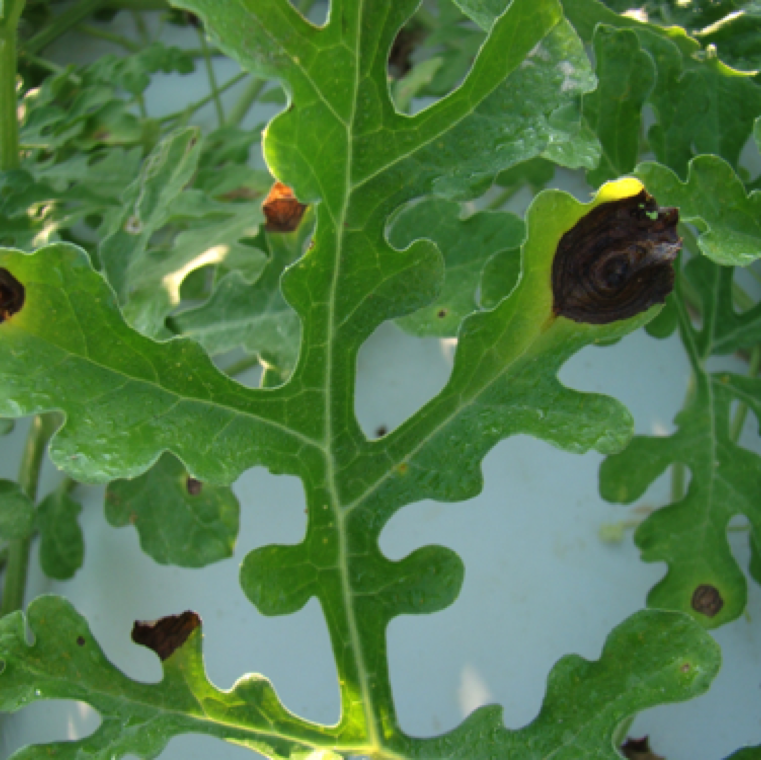By Clint Thompson
University of Florida Institute of Food and Agricultural Sciences recommends North Florida watermelon producers continue a weekly application of Bravo or other chlorothalonil product. This helps protects against early disease development, said Bob Hochmuth, UF/IFAS Regional Specialized Extension agent in Live Oak, Florida.

“Early in the season, we suggest that they continue with a weekly application of chlorothalonil,” Hochmuth said. “Use that while we can early in the season. Once the watermelons get a little bit of size to them, we need to rotate off of chlorothalonil. Unless there is something else that has snuck in on them, we like to see the protective applications of chlorothalonil here early in the season. It might be four or five weeks in a row.”
There are a wide array of diseases that producers have to manage against throughout the season. Hochmuth said gummy stem blight is a concern now.
“It’s the only thing we’ve had reports of and/or confirmation of; relatively minor incidences of gummy stem blight, but we do have some confirmations of gummy. It’s not very widespread,” said Hochmuth, who also discussed fusarium wilt. “The other one that’s interesting that we would also be concerned about is fusarium wilt. Not that we can do much of anything about it this time of year, but my early observations would be that it’s also less than what we’ve seen the last couple of years. I believe it might be due to the extremely warm conditions in late February and early March when these plants were planted.
“Fusarium has an advantage in cold weather and a disadvantage when plants get established quickly under warm conditions. Those early plantings might have had a little bit of a competitive advantage over fusarium whereas these more recent plantings (March 10-15) might be at a disadvantage because it’s colder.”









